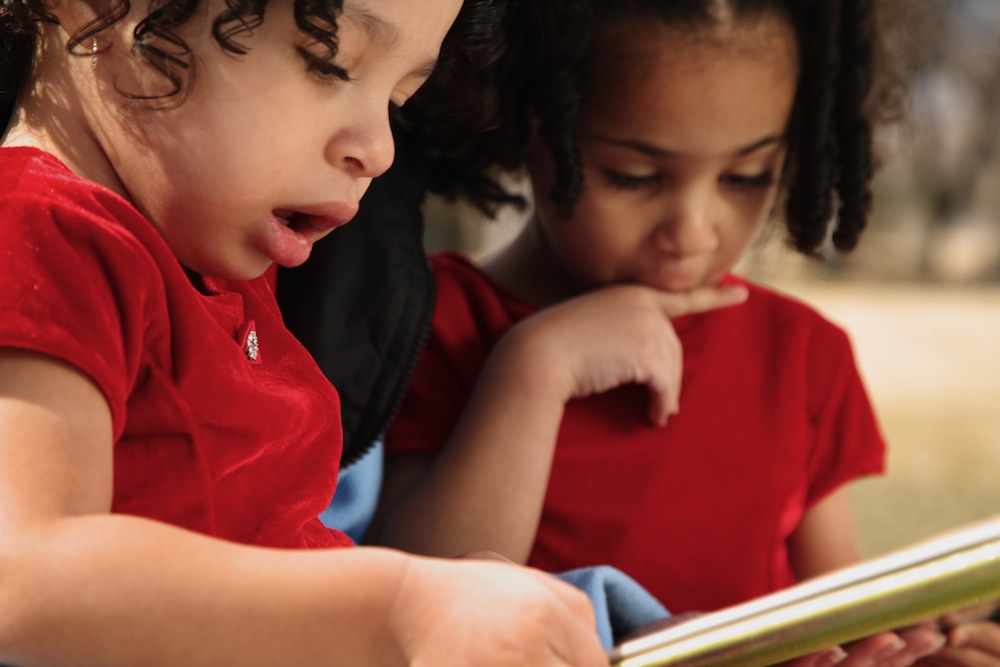Pooh, Peter Rabbit & Clifford: Males Dominate Children's Books

From Winnie the Pooh to Peter Rabbit to Clifford the Big Red Dog, male characters dominate kid literature. And a new study finds that gender equality in children's books hasn't necessarily improved over time.
Kids' stories over the past 100 years have featured male characters in the title nearly twice as often as female characters, and male main characters outnumber female main characters by 1.6 to 1, the researchers found. The representation of girls seems to fluctuate along with the larger culture, with more female characters during times of feminist activism and fewer during times of anti-feminist backlash.
Whether a child is reading about Curious George or Curious Georgina might seem unimportant, but study researcher Janice McCabe said that books and other media are one way that children learn early lessons about gender.
"The patterns that we find in children's books support the belief that female characters are less important or less interesting than male characters," McCabe, a sociologist at Florida State University, told LiveScience.
Those patterns may extend beyond children's stories. One analysis, released by researchers at the University of Southern California in April, found that there were twice as many speaking roles for men in the 100 top-grossing films of 2008, with only 33 percent of speaking roles going to women. [Read: Disney Princes and Princesses Still Slave to Stereotypes]
Boys and girls
McCabe's study isn't the first to find a gender gap in children's literature, but earlier research focused on small samples of children's books, she said. For the current study, published online March 31 in the journal Gender and Society, McCabe and her colleagues analyzed 5,618 books published between 1900 and 2000. The books, intended for children up to third grade, included Caldecott Award-winners, Little Golden Books and books from the "Children's Catalog," a librarian's reference. (The Association for Library Service to Children awards the Caldecott Medal to one children's book each year.)
Sign up for the Live Science daily newsletter now
Get the world’s most fascinating discoveries delivered straight to your inbox.
Books published from the 1930s to the 1960s were the most unequal, which corresponds to a time of re-entrenched gender roles in society, McCabe said. Children's books in the 1990s had an almost identical gender ratio to children's books in the 1910s.
One of the biggest surprises, McCabe said, was that animal characters showed an even greater gender gap than human characters. For human characters, 26 percent of books had a boy as a main character and 19 percent featured a girl. In books about animals, 23 percent featured male main characters compared with only 7.5 percent featuring female main characters.
"We don't know for sure why that's going on, but it seems like it's more acceptable to have that inequality there for animals than it is among humans," McCabe said.
Beyond books
Animal characters show no sign of becoming more equally representative since the 1970s, the researchers found. In that time, they reported, only one Caldecott award had a female central character without any central male characters. That book, "Have You Seen My Duckling," won the award in 1985.
The next step, McCabe said, is to look closer at the content of the books to see if not just the prevalence, but the roles and interactions of male and female characters change over time. McCabe is also researching gender gaps in children's television.
"Other studies have shown patterns of male-dominated characters in cartoons, video games, G-rated films and coloring books," McCabe said. "It goes beyond children's books to other media as well."
You can follow LiveScience senior writer Stephanie Pappas on Twitter @sipappas. Follow LiveScience for the latest in science news and discoveries on Twitter @livescience and on Facebook.

Stephanie Pappas is a contributing writer for Live Science, covering topics ranging from geoscience to archaeology to the human brain and behavior. She was previously a senior writer for Live Science but is now a freelancer based in Denver, Colorado, and regularly contributes to Scientific American and The Monitor, the monthly magazine of the American Psychological Association. Stephanie received a bachelor's degree in psychology from the University of South Carolina and a graduate certificate in science communication from the University of California, Santa Cruz.









